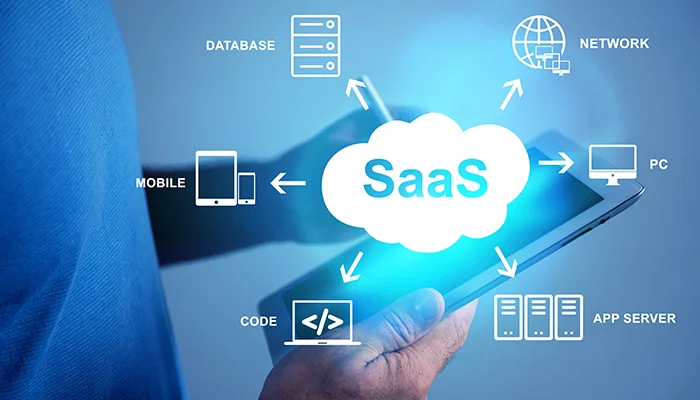
Protecting Sensitive Data During API Communication: A Comprehensive Guide
November 18,
16:40 PM
APIs have revolutionized the way applications interact, enabling seamless data exchange. However, with the convenience of API-driven communication comes the inherent risk of exposing sensitive data to potential threats. To ensure the security of your API integrations, it's crucial to implement robust security measures.
Key Security Measures for API Communication
-
Authentication and Authorization
- API Keys: A simple yet effective method, API keys are unique identifiers assigned to applications to authenticate their requests.
- OAuth: A widely used authorization framework that provides granular control over access to resources.
- Token-Based Authentication: Short-lived tokens are issued to clients, allowing them to access protected resources for a limited time.
-
Encryption
- Transport Layer Security (TLS): Encrypt data in transit to protect it from eavesdropping and tampering.
- Data Encryption at Rest: Encrypt sensitive data stored in databases or files to safeguard it from unauthorized access.
-
Input Validation and Sanitization
- Validate Input: Ensure that input data adheres to expected formats and constraints to prevent injection attacks.
- Sanitize Input: Remove malicious code or harmful characters from user input.
-
Rate Limiting
- Limit API Requests: Implement rate limiting to prevent abuse and mitigate the risk of denial-of-service attacks.
- Dynamic Rate Limits: Adjust rate limits based on user behavior and system load.
-
Security Headers
- HTTP Strict Transport Security (HSTS): Force browsers to use HTTPS, preventing downgrade attacks.
- Content Security Policy (CSP): Restrict the resources that can be loaded by the browser, reducing the risk of cross-site scripting (XSS) attacks.
- X-Frame-Options: Prevent clickjacking attacks by controlling if a page can be embedded in an iframe.
-
API Vulnerability Scanning
- Regular Scanning: Conduct regular vulnerability assessments to identify and address security weaknesses.
- Penetration Testing: Simulate attacks to uncover potential vulnerabilities.
-
Monitoring and Logging
- Monitor API Traffic: Track API usage patterns and identify anomalies.
- Log API Requests and Responses: Log detailed information about each API request and response to aid in troubleshooting and security analysis.
Best Practices for API Security
- Least Privilege Principle: Grant users and applications only the minimum necessary permissions.
- Regular Security Audits: Conduct regular security audits to identify and address vulnerabilities.
- Keep Software Up-to-Date: Apply security patches promptly to address known vulnerabilities.
- Secure API Keys and Tokens: Store API keys and tokens securely and avoid hardcoding them in client-side code.
- Implement Robust Error Handling: Avoid exposing sensitive information in error messages.
- Educate Developers: Train developers on secure coding practices and API security best practices.
Conclusion
By implementing these security measures and following best practices, you can significantly enhance the security of your API integrations. Remember, API security is an ongoing process that requires continuous vigilance and adaptation to evolving threats. By prioritizing API security, you can protect your sensitive data and maintain the trust of your users.




Blockchain Solution
Launching
Testing
Contact US!
India

Plot No- 309-310, Phase IV, Udyog Vihar, Sector 18, Gurugram, Haryana 122022
Copyright © 2025 PerfectionGeeks Technologies | All Rights Reserved | Policy
Contact US!
India 
Plot 378-379, Udyog Vihar Phase 4 Rd, near nokia building, Electronic City, Sector 19, Gurugram, Haryana 122015
USA 
1968 S. Coast Hwy, Laguna Beach, CA 92651, United States
Copyright © 2025 PerfectionGeeks Technologies | All Rights Reserved | Policy








